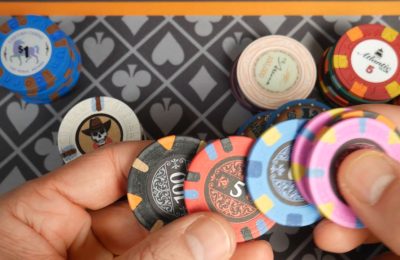Ever wondered why slot games are so addictive? It’s not just luck—it’s science. Behind the flashing lights and spinning reels, there’s a carefully crafted psychological playground designed to keep players engaged. Let’s break down how slot game design taps into human behavior—sometimes in ways you might not even notice.
How Slot Games Hook You: The Basics
Slot machines aren’t just random number generators wrapped in pretty graphics. They’re built on decades of behavioral psychology research. Here’s what makes them so compelling:
- Variable Rewards: Unlike predictable payouts, slots use intermittent reinforcement—you never know when the next win will hit. This unpredictability triggers dopamine, the brain’s “feel-good” chemical.
- Sensory Overload: Bright colors, celebratory sounds, and near-miss animations create excitement even when you lose.
- Illusion of Control: Features like “stop buttons” or bonus rounds make players feel like their actions influence outcomes—even when they don’t.
The Role of Sound and Visuals
Close your eyes in a casino, and you’ll still know when someone hits a jackpot. That’s by design. Slot games use:
- Celebratory Sounds: Wins trigger upbeat jingles, while losses are often silent. This conditions players to associate the game with positive emotions.
- Color Psychology: Reds and yellows dominate—colors linked to excitement and urgency.
- Animation Tricks: “Near-misses” (e.g., two jackpot symbols and a close third) trick the brain into thinking a win was almost achieved, encouraging another spin.
The “Almost Won” Effect
This is a big one. Studies show near-misses activate the same brain regions as actual wins. Game designers exploit this by making near-misses feel like progress—even though, statistically, they’re just another loss.
Game Mechanics That Keep You Playing
Modern slots aren’t your grandma’s one-armed bandits. They’re packed with features designed to extend playtime:
- Losses Disguised as Wins (LDWs): Small payouts less than your bet still trigger winning animations, masking losses.
- Bonus Rounds: Free spins or mini-games break monotony and give players a “second chance” narrative.
- Progressive Jackpots: The growing prize creates a “someone has to win” mentality—even though odds are microscopic.
The Sunk Cost Fallacy in Action
Ever thought, “I’ve spent this much—I can’t stop now”? That’s the sunk cost fallacy. Slot games amplify it by displaying “investment” stats like total spins or time played, nudging players to “chase” their losses.
How Mobile Slots Up the Ante
Mobile gaming has taken these psychological tricks further. With phones always within reach, designers leverage:
- Push Notifications: “Your bonus spins are waiting!” messages pull players back in.
- Simplified Gameplay: One-tap spins reduce friction between “thinking about playing” and actually doing it.
- Social Features: Leaderboards or shared wins tap into FOMO (fear of missing out).
Ethical Considerations
While slots are entertainment, their design can blur the line between fun and compulsion. Some countries now mandate:
- Reality checks (pop-ups showing time/money spent)
- Loss limits or cooling-off periods
- Removal of “autoplay” features that encourage mindless spinning
Honestly, it’s a balancing act—creating engaging games without exploiting cognitive vulnerabilities.
Final Thoughts
Next time you see a slot game, you’ll notice the subtle design choices—the way sounds celebrate wins but mute losses, how colors scream for attention, or how near-misses make you want to try “just one more spin.” Understanding these tricks doesn’t ruin the fun… but it does make you a more mindful player.















